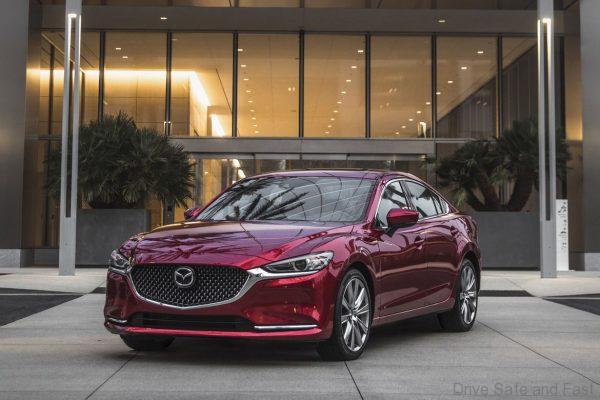Understanding Mazda Nomenclature
Mazda is a mass market Japanese brand that has an affinity for the finer things. I wouldn’t call them a premium carmaker – but they’re definitely better prepared for a shift to the premium segment than any other Japanese mass market car maker. Part of it is their adhesion to strict Corporate Identity rules, part of it is the familiarity of looks, controls and drive feel between models. But another important part of it is their understanding of nomenclature. Unlike their peers in Japan, Mazda have stuck to and expanded their model list according to a relatively strict set of naming conventions. Though perhaps not as strict as full-on premium carmakers, they show an understanding of the rules and abide by them for the most part. Let’s begin.
Before we dive into the nitty gritty. I do want to address something peculiar to Mazda. For a time, their sedan and hatchback models often were labelled with no gap between the brand name and model name. The Mazda 3 was referred to as the Mazda3 in marketing material. That sort of thing. Since this rule is not followed with their CX and MX models, I consider it padding and not part of the core naming rule set.
1. Model Name
Mazda models follow an alphanumeric naming system. Usually two letters followed by one or two digits. With exceptions for sedans, hatchbacks and wagons/touring models with just a single digit denoting the model.
- Main bodystyles, Sedans/hatchback/touring (single digit)
- crossovers/SUVs (CX)
- lifestyle (MX)
- pick-up (BT)
Main bodystyles
For the main bodystyles, marketing materials will follow the single digit with the bodystyle, be it sedan, hatchback or station wagon. For example: Mazda 6 Touring or Mazda 2 Sedan. On the car and perhaps your grant, this might not appear.

Crossovers/SUVs
Mazda puts all crossovers and SUVs under the ‘CX’ heading. There’s a retired model called the CX-7, but you don’t need to worry about that anymore. Current models are the CX-3 (a Mazda 2 made into a crossover, the CX-30 (a Mazda 3 made into a crossover), the CX-4 (a China-only crossover), CX-5 (the first SUV to debut on Skyactiv Architecture), CX-8 (a more practical 7-seater), and the CX-9 (a luxury 7-seater).

Lifestyle
The MX prefix was once reserved for coupé models, but Mazda recently put their first all-electric vehicle – a crossover with rear suicide doors – under the MX family. It’s called the MX-30.

Pickup
Mazda has been offering the BT-50 as a pick-up truck in their portfolio for quite some time now. They began this practice by sharing a platform with the Ford Ranger. However, since Mazda regained independence from Ford, it’s likely that their next pick-up will be developed with Isuzu.

2. Engine size and type
Mazda will often indicate the displacement of the engine. Sometimes on the model itself. The presence of a turbocharger will be indicated with a capital ‘T’.

Though there is some inconsistency here. The CKD Mazda CX-5 2.5 T has a ‘2.5’ badge but the CBU Mazda CX-9 2.5 T does not have this badge.
3. Fuel Type
It remains to be seen how Mazda deals with their electric powertrain, but for now, they tend to indicate whether a petrol or diesel powertrain is present with either a Skyactiv-G or Skyactiv-D badge. Future models may feature a Skyactiv-X engine but in Malaysia this is yet to be determined

4. Trim
In Malaysia, trim levels for locally assembled Mazdas can consist of Bermaz’s own GL, GLS or Mid, Mid Plus or High.
5. Conclusion
Mazda sits between mass market and premium. They still have to iron out some kinks in their nomenclature, but at their core, a lot of what’s already established is pretty solid.